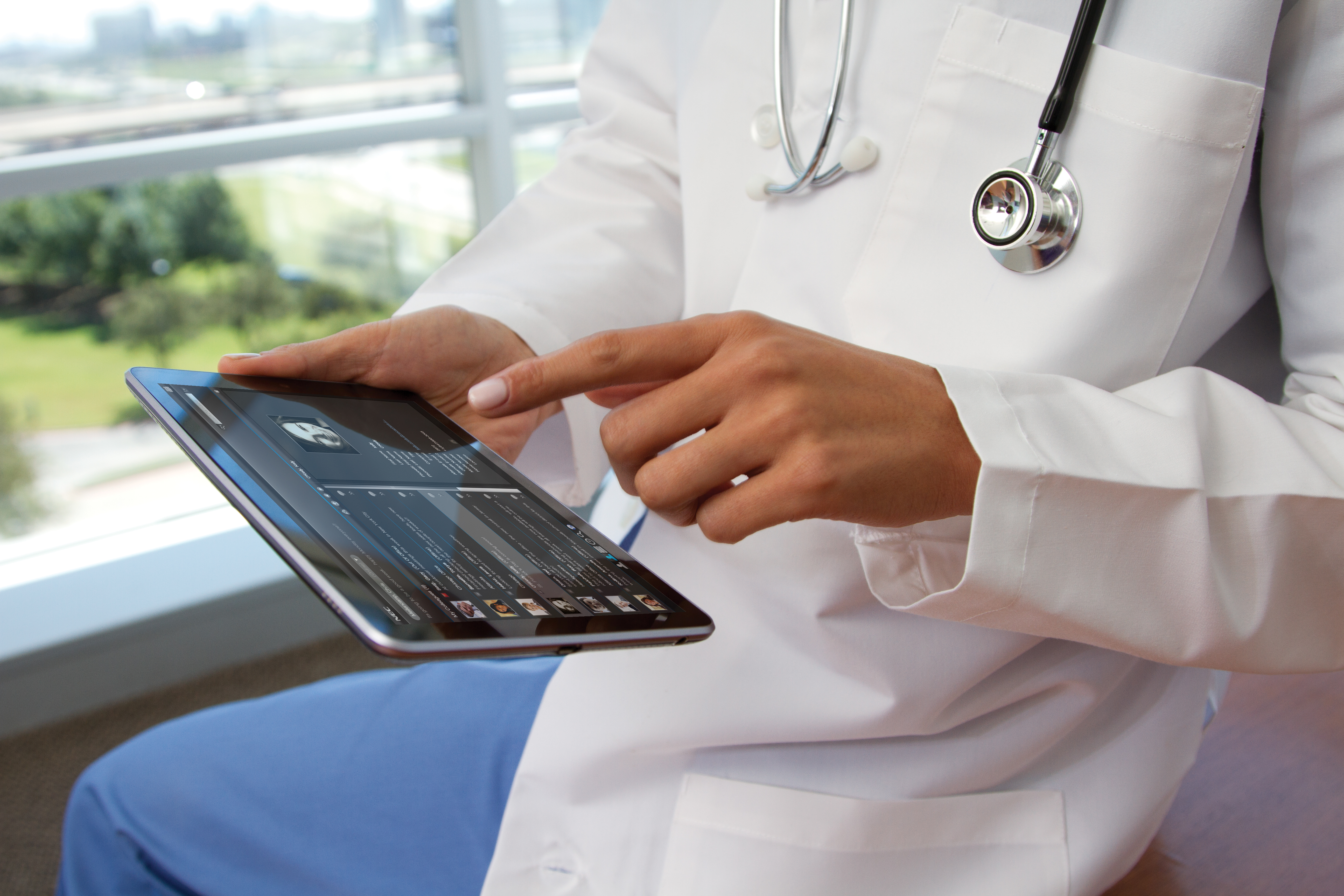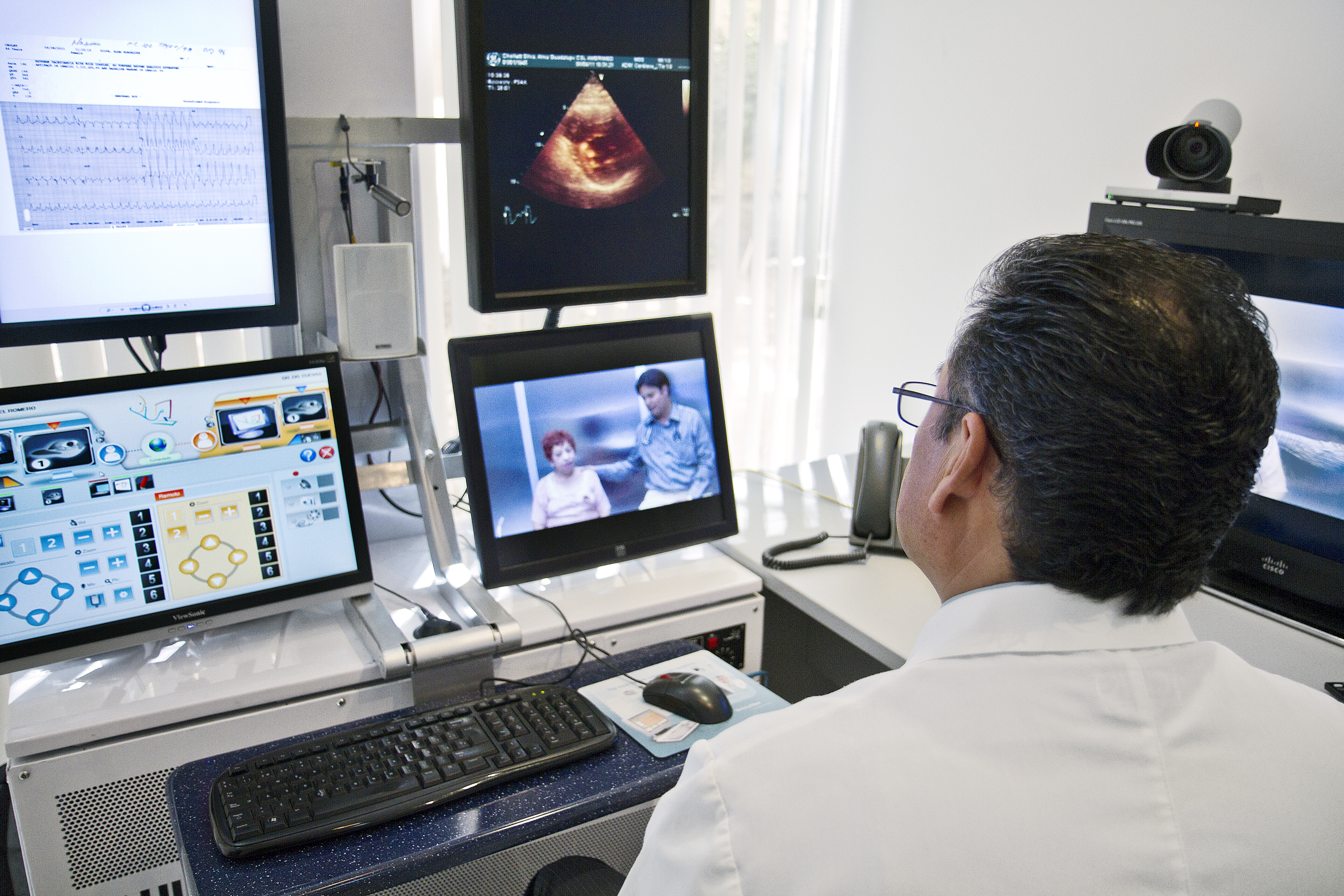In the grand scheme of things, telemedicine is a relatively new concept. With the advent of home and personal telephones, it began as a way of providing access to medical care to individuals who were located remotely or were unable to travel to a physician. Today, telemedicine is increasingly becoming a means of convenient medical care and communication, allowing patients to interface with their doctors over the phone or via video chat without leaving the comfort of their home.
With the lightning fast dissemination of technology that our society experiences, it is a service that is constantly and quickly developing. And while it has been difficult to incorporate into workers’ compensation at its onset, telemedicine is quickly becoming a sought after alternative. It is now a complex service able to be easily integrated into healthcare facilities, patients homes, and businesses and provides significant benefits to its adopters.

Photo by NEC Corporation of America / CC BY 2.0
Convenience and Accessibility
The use of a telemedicine system allows injured workers who have agreed to a plan access to medical care 24/7. The significance of this level of accessibility cannot be overstated, because the reality of many injuries is that they can be complicated at any time. Any patient who experiences some issue at odd hours or from an isolated location will be able to address their concerns immediately. Obviously this is also beneficial to people who are confined to their home or who have had their ability to drive hindered by their injury, allowing them to seek care without risking further harm.
An interesting added benefit is that because of the prevalence of smartphones in America, many people are already experienced with video messaging and have access to the technology to use it. And, while there are issues with adaptability among older patients who are resistant to the changes or have limited access to technology, telemedicine has the potential to help many with a relatively small learning curve.
Patient Engagement
Easy access to care often leads to more communication. The convenience of contacting your doctor from anywhere straight from your phone or computer encourages more patients to take advantage of this service. This leads to more interaction between the doctor and patient, and helps develop a positive relationship. The more comfortable a patient feels with their doctor, the more likely they are to be open and honest about their feelings and needs. It increases the spread of knowledge between the two, as well, which helps patients take control of their health and improve their recovery rate.
Telemedicine also allows for the personalized care experience that many patients now come to expect from all of their services. This personalization helps improve morale, but also helps improve patient care. It allows doctors to easily schedule and complete follow ups, to make sure that the recovery is proceeding correctly.

Photo by Intel Free Press / CC BY-SA 2.0
Access to Specialists
If a patient’s recovery requires the consultation of a medical specialist, the treating medical practice can use the service to immediately make contact. This is beneficial to both the patient and to the doctor. Injured workers can interface directly with the specialist to get care in the future, allowing them to cut out the middleman and advance their recovery. Doctors, in the event that they lack the equipment or expertise to address a patients need, can use the service to contact a larger hospital who may have a specialist on staff to help in their evaluation.
Decrease in Costs
One significant benefit is the opportunity to significantly reduce healthcare costs. According to the Centers for Medicare and Medicaid Services, the United States spend nearly $3 trillion every year on healthcare, the largest among developed nations. It is also estimated that upwards of $200 billion of this is related to unnecessary spending due to oversight. Telemedicine can help reduce spending related to unnecessary ER visits and improve issues where a patient fails to follow their recovery plan, as well as improving the efficiency of routine doctor visits.
There are obviously still some cons to telemedicine, most notably in the start up costs for technology and training. There is also the chance that each time a patient interfaces with a doctor via the service, they will be treated by a different doctor. This could potentially lead to differences in care due to the relative knowledge of the particular doctor. It should be noted that telemedicine shouldn’t entirely replace in-person visits, either. The nuances of physical examinations cannot always be replaced by phone calls or video chats, and are often necessary to make a full diagnosis.
For the most part, telemedicine is a step in the right direction to providing more efficient and comprehensive care to patients as well as saving time and money in the long run.





